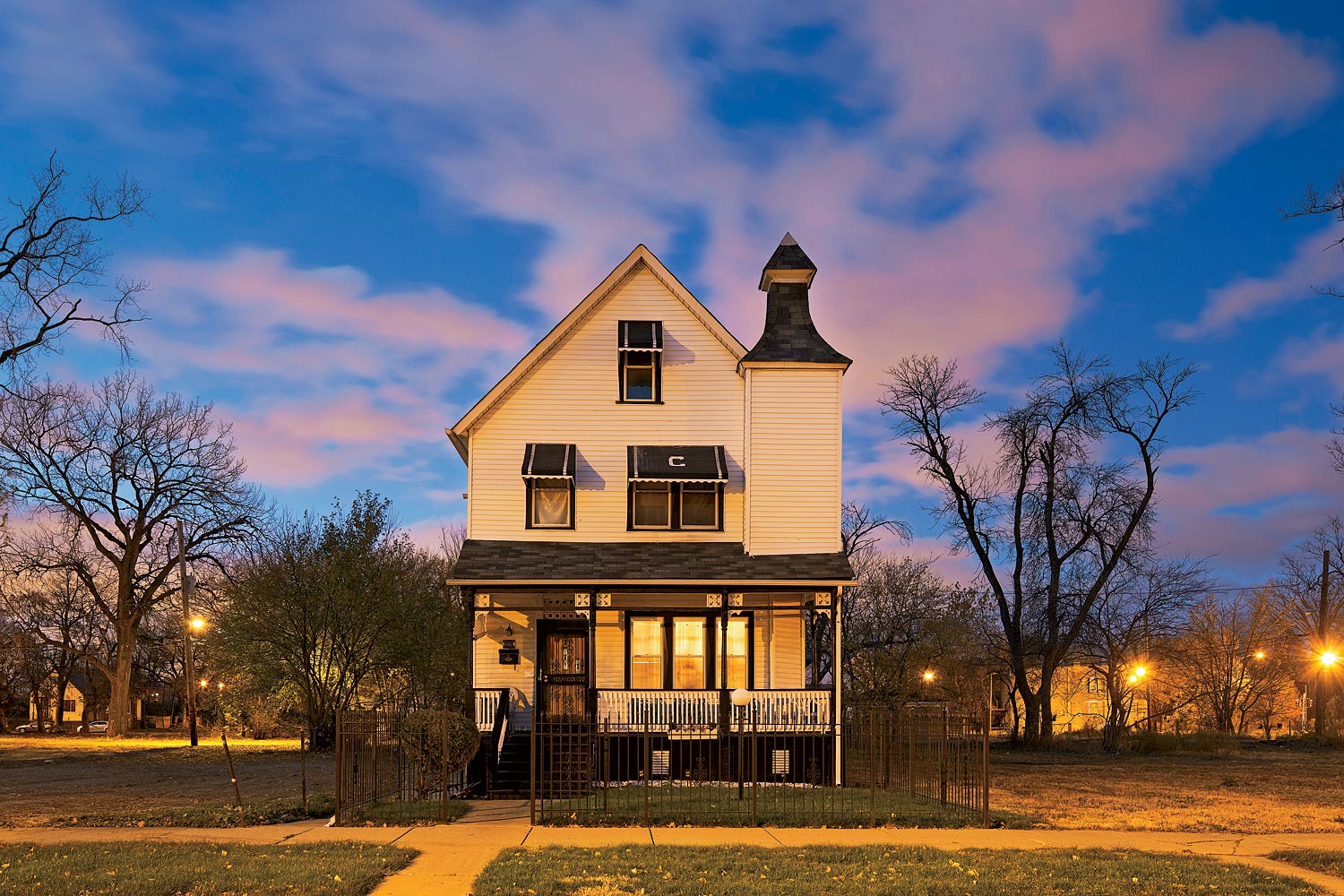The first thing I remember writing—really writing, rather than turning in for school—was a short story, or more like a tall tale, about an old farmer who lived at the bottom of a man-made lake. The lake itself was real, Smith Mountain Lake, where my family spent a few days every summer. A dark child, afraid of deep water, I was haunted by the homes I knew were beneath my feet as I swam, the homes of tobacco farmers and bootleggers displaced first by the lake, which took an eerie three years to fill, and then by the "lake people," which included us. (You've seen Smith Mountain Lake if you've seen What About Bob?; after they blew the house up for the movie, we went to visit the remains.)
I think I wrote the piece to exorcise those shadows I imagined on the floor of the lake, a tall tale about the persistence of place in the face of change. But they didn't go away. That's why, when I first saw the Isolated Buildings Studies of photographer David Schalliol, they were destined to linger with me, and why I was so pleased to see them become a book and a photo essay in this month's issue, for which I spoke with Schalliol at length.
I didn't know that we shared a similar upbringing in exurbia, where that change is carved into the landscape, him in Indiana and myself in Virginia. Go out far enough in the Chicago suburbs and you can see it, anywhere a clapboard farmhouse is carved onto an uncannily small piece of land. The photo that leads Schalliol's essay, above, reminds me of those farmhouses—stoic yet warm, wearing its well-maintained age as a sign of its life and the life within it. That house will give way to an intermodal yard expansion, the subject of an in-process documentary by Schalliol, The Area.
Chicago is a great architecture city, maybe the country's finest, with a fine tradition of architecture photography. But much of it is monumental, the buildings that have and will define the city. Schalliol's work captures the architecture of the city in its slow movement, as it's lived and as it lives.




